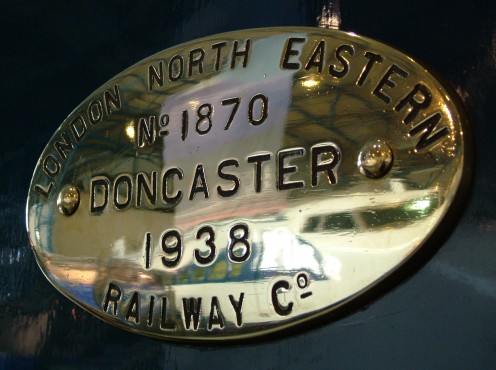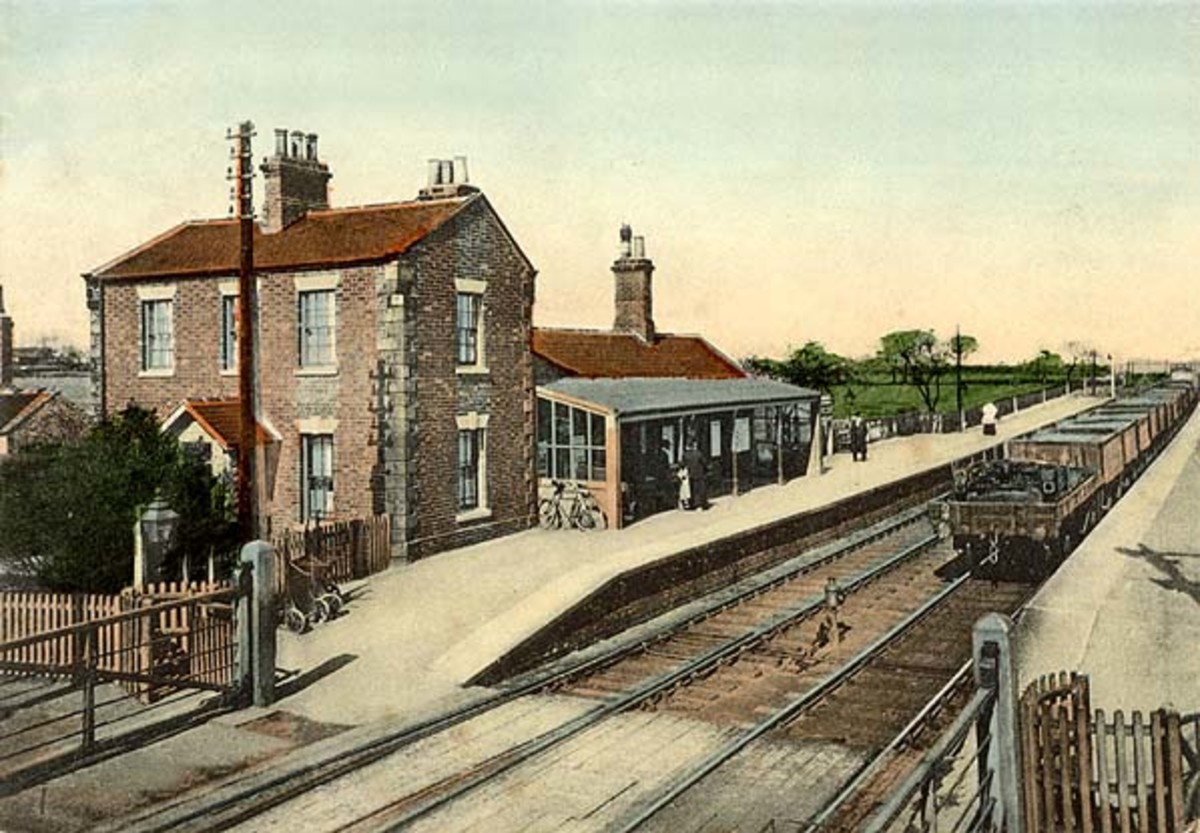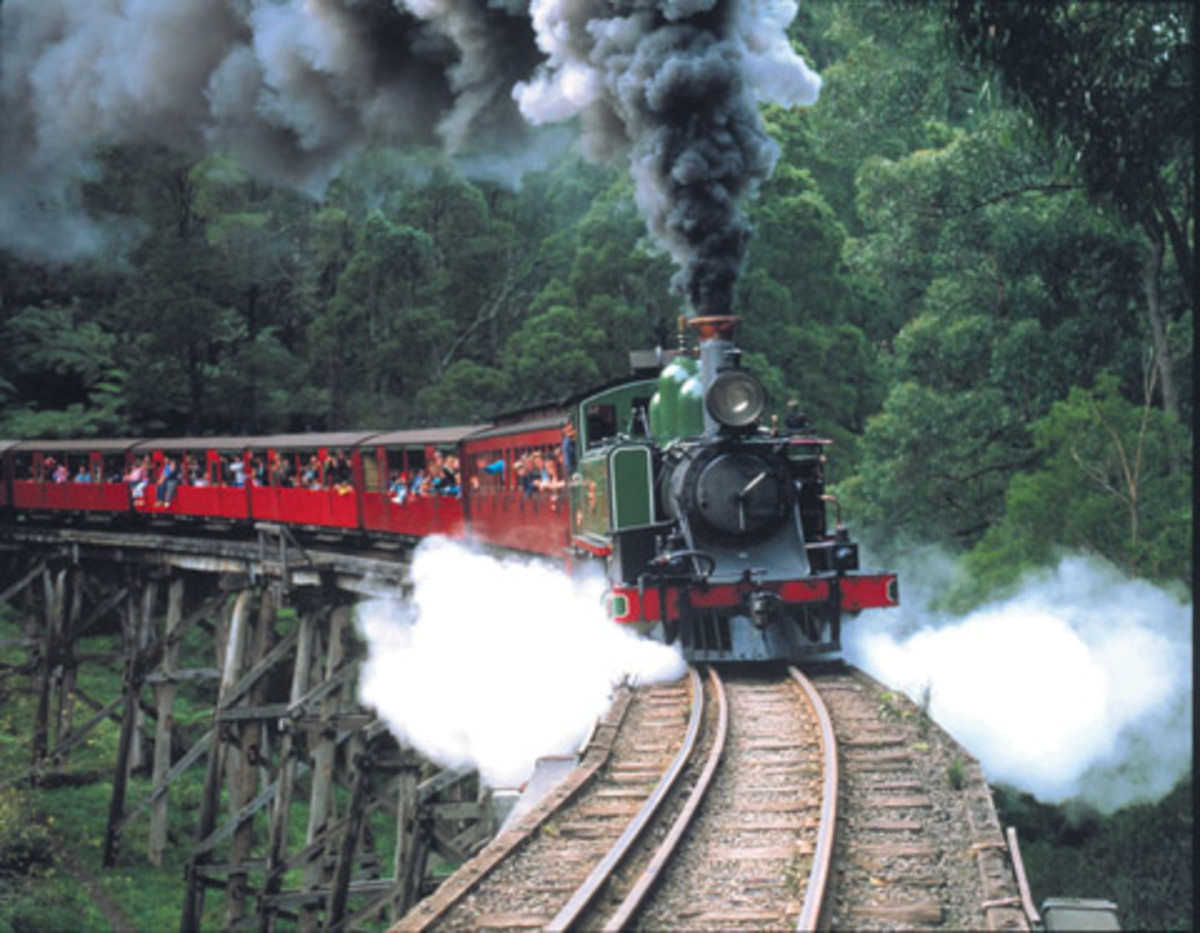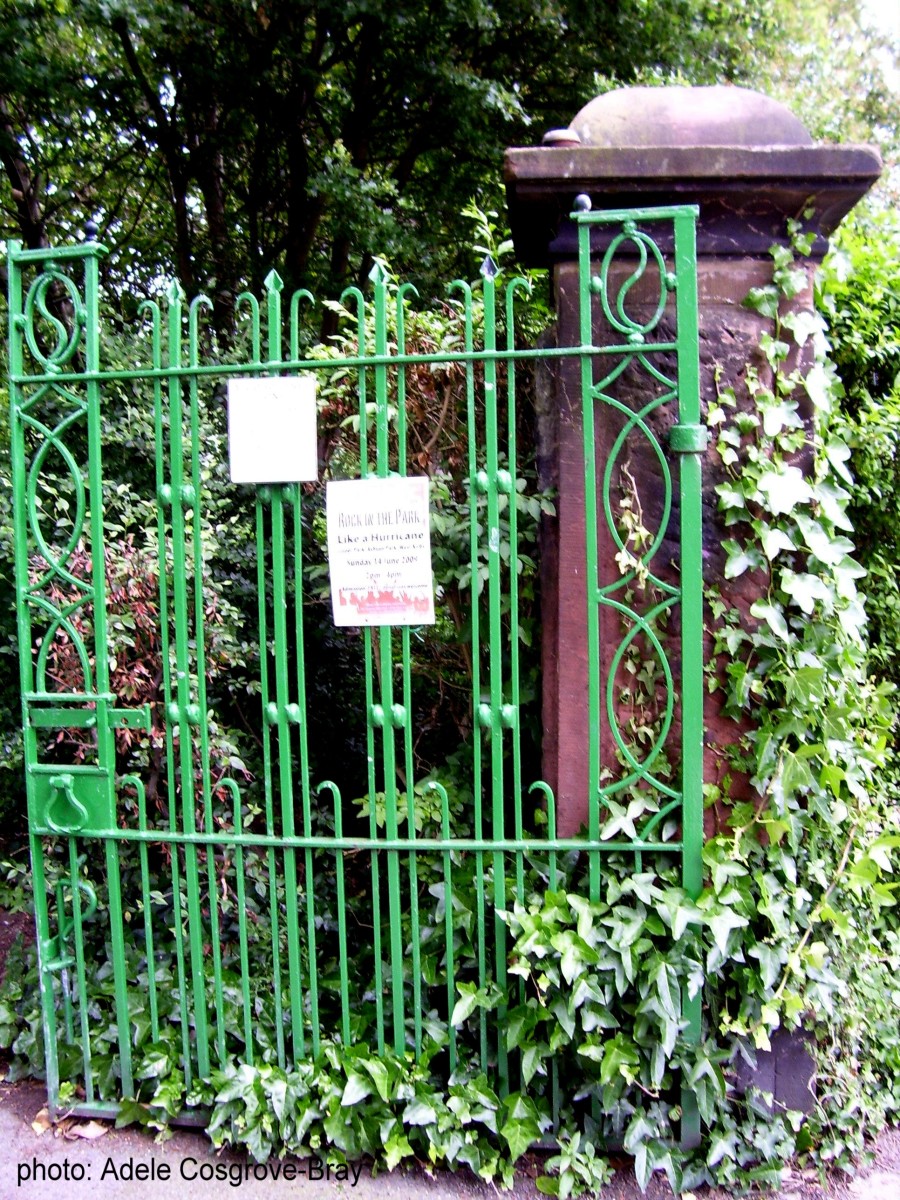- HubPages»
- Travel and Places»
- Visiting Europe»
- United Kingdom
Visiting Doncaster Station, Doncaster, England: How to (or How Not to) Remember 1938 & the World's Fastest Stream Train



From the age of 'Rhapsody in Blue', to arguing about ducks and the 'Mallard'
[This hubpage actually relates to three locations associated with the 'Mallard' locomotive: Doncaster, where it was built; the National Railway Museum in York, where the famous locomotive resides, and London King's Cross Station, where a statue of its designer, Sir Nigel Gresley stands; the writing of this hubpage was prompted by visits to Doncaster.]
In Doncaster, England, the year 1938 may recalled in at least two ways.
1938 saw the opening of the LNER (London and North Eastern Railway)'s new station building (1). Its elegant, elongated red brick features, complemented by stone dressing and clay roof tiling, hint at a subdued Neoclassicism shortly to become obsolete for similar public buildings.
The Station, with its main elevation depicted, above, is located at Trafford Way, Doncaster, South Yorkshire.
Doncaster is also the location of the former engineering works where what is known as the world's fastest steam locomotive — the A4 'Mallard' 4-6-2 — was built. Designed by Sir Nigel Gresley (1876-1941), for whom a public square in Doncaster is named (2), the 'Mallard' achieved speeds of up to 203 km/h (126mph), a world record for a steam locomotive.
Today, the 'Mallard', with a length of 21.34 metres (70 feet), and exhibiting a streamlined, wind tunnel designed shape, is on display at the National Railway Museum in York. With the 'Mallard' having been designed during the age of Gershwin's 'Rhapsody in Blue', the blue colour scheme of the 'Mallard' often filled illustrations and posters, dating back to the 1930s. (I have supplied, below, a link to a recent rendition of Rhapsody in Blue, for the reader's edification.)
Sir Nigel Gresley served as Chief Mechanical Engineer of the London North Eastern Railway (LNER), and in this capacity oversaw the design and production of many locomotives in the age of steam. As well as the 'Mallard', he notably also designed 'The Flying Scotsman'.
In 2016 a statue by sculptor Hazel Reeves (3) (4) of the 'Mallard's designer was unveiled at London King's Cross Station, a short distance from where the renowned engineer had an office: surely an uncontroversial and fitting tribute to the designer of the world's fastest steam locomotive.
But there then followed an unedifying sequence. Sculptor Hazel Reeves included likenesses of mallard ducks in the original version of the statue. This was widely regarded as fitting not only because of the name of Sir Nigel's record-breaking steam locomotive, but also because the engineer himself used to breed wildfowl.
Enter two of Sir Nigel Gresley's descendants. Leaving aside the question of what Sir Nigel himself would likely have thought, two of the engineer's grandsons announced that the sculpted ducks were supposedly 'demeaning'.
Enter the Gresley Society Trust, responsible for the statue of Sir Nigel. In its eagerness not to offend two of Sir Nigel's descendants, the officers of the Trust secured the removal of the duck elements of the statue.
Whereupon three members of the Trust resigned in protest.
Whereupon also:
A reinstatement petition started to garner duck enthusiast support.
Brightly coloured toy ducks started appearing around the statue of Sir Nigel. At the statue's unveiling in 2016, duck enthusiasts waved rubber ducks, as dignitaries doubtless attempted frantically to keep a straight face. The BBC recorded variously the duck views of different members of the Gresley family and former members of the Gresley Society Trust. The Trust's former publicity officer Dennis Butler continued to generate publicity by publicly declaring the duck removal as 'madness'.
Unedifying? Maybe. Hilarious? Undoubtedly. Or the British taking themselves too seriously? or not seriously enough? or maybe capturing British humour perfectly?
(I tried to end this offering by supplying a suitable copyright-free photo of Donald Duck, but was unsuccessful in my search.)
March 18, 2019
Notes
(1) See also: https://www.thetrainline.com/stations/doncaster More than one source gives 1938 as the date of this fine building, although not all sources agree.
(2) See also: http://www.visitdoncaster.com/things-to-do/sir-nigel-gresley-square
(3) Other works by sculptor Hazel Reeves include statues of Emmeline Pankhurst and 'The Cracker Packers', both unveiled in 2018.
(4) 'Demeaning' duck absent from Sir Nigel Gresley statue 5 April, 2016 ttps://www.bbc.com/news/uk-england-35960407, 5 April, 2016
Some sourcing: Wikipedia

Also worth seeing
In Doncaster itself, originally built around the site of a Roman fort, there are many visitor attractions, including Conisbrough Castle, a 12th century structure withing the Borough's boundaries; Cusworth Hall, a Georgian building owned by the Borough of Doncaster and set in Cusworth Park, houses the Museum of South Yorkshire Life; the splendid, 19th century Doncaster Minster is by Sir George Gilbert Scott; a large nature reserve exists at nearby Potteric Carr; the Doncaster College for the Deaf is based in an imposing structure with a Classical portico, opposite Donacaster Racecourse, itself a sought-after venue for many conference and events as well as racing.
...
How to get there: United Airlines flies from New York Newark to Manchester Airport (England), from where car rental is available. There is a rail link between Manchester and Doncaster. Some facilities may be withdrawn, without notice. For up to date information you are advised to contact the airline or your travel agent.
MJFenn is an independent travel writer based in Ontario, Canada
Gershwin's Rhapsody in Blue performed by L. Astanova, with the All-Star Orchestra (2016 Emmy® Award)
- Lola Astanova performs Gershwin's Rhapsody in Blue with the All-Star Orchestra (2016 Emmy® A
INSTAGRAM.COM/LolaAstanova This performance film, originally aired on PBS, received the 2016 Emmy® Award
Another of my hubpages may also of interest
- Visiting Doncaster Minster, Doncaster, England: Perpendicular Architecture by Sir George Gilbert Sco
One of a distinguished architect's great creations, with a 51.5-metre tower that has dominated the Doncaster skyline since the 19th century








